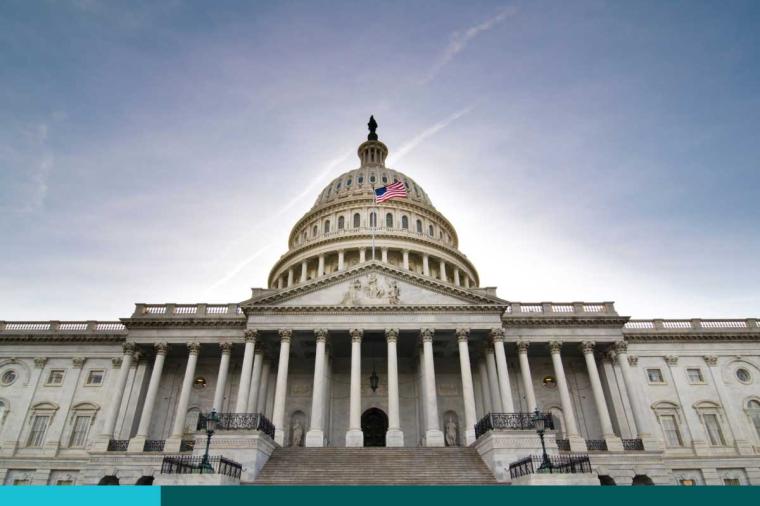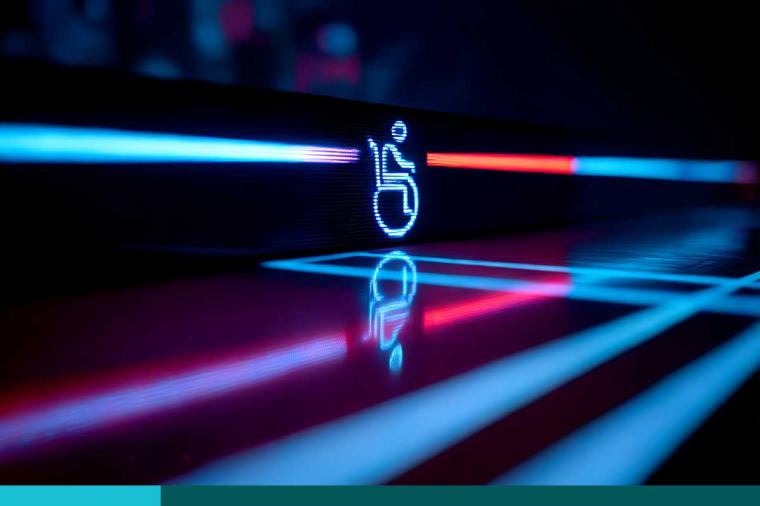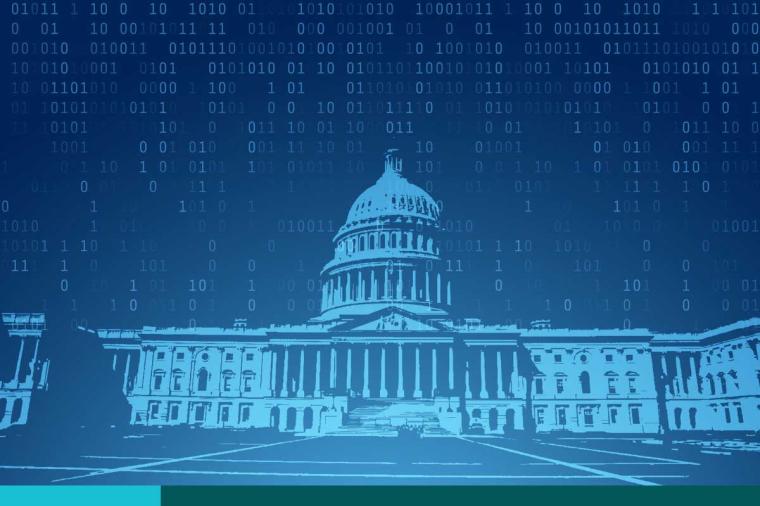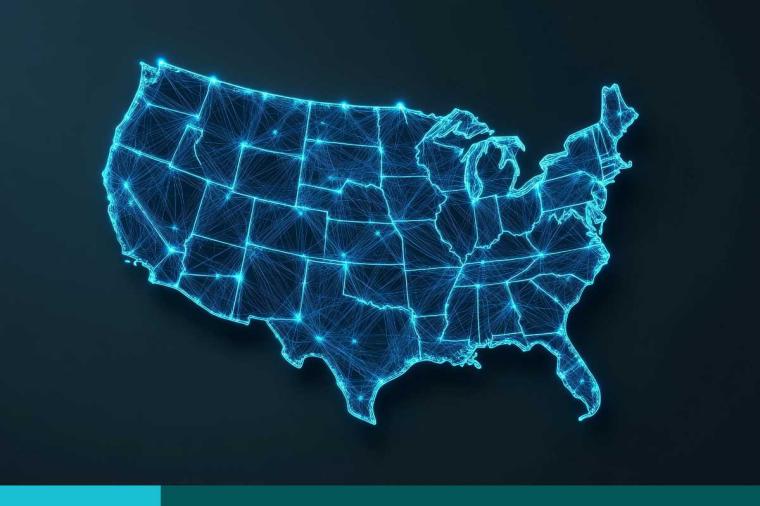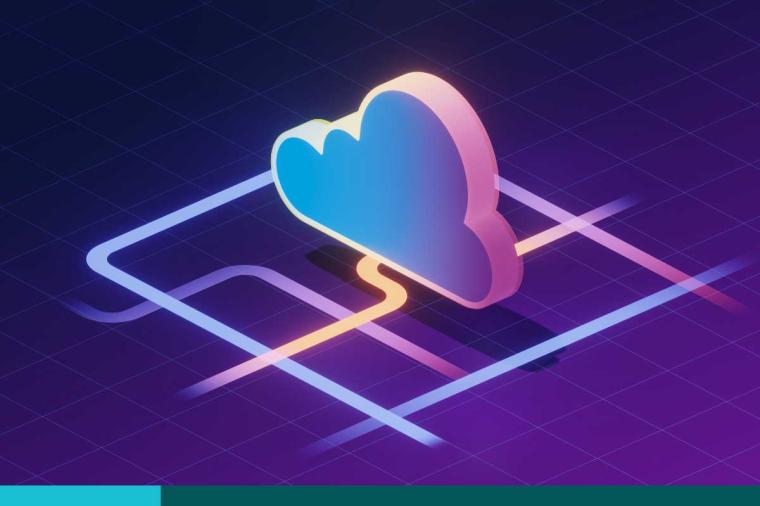Opportunities in the Government’s Transition to Trusted Workforce 2.0

In 2018, the federal government started implementation of Trusted Workforce 2.0, a whole-of-government approach to establish a single employee vetting system for the US government which promises increased security and reduced background check times. Since then, a steadily growing number of agencies have implemented or are working to implement the process, including the Department of Homeland Security, which expects to achieve full implementation on March 30, 2026, and the Veteran Benefits Administration. This new process creates opportunities for IT vendors and partners.
Trusted Workforce 2.0 relies on continuous vetting, a system involving automated record checks pulling information from numerous databases and public records and alerting the hiring organization of any potential red flags in need of further investigation, creating ample opportunities for IT companies to sell automation and AI/ML solutions. The frequency of these checks varies by position and can even occur multiple times per day.
To enable its Trusted Workforce 2.0 reform, the government has designed the National Background Investigation Services (NBIS), a personnel vetting IT system connecting the various systems, interfaces and databases supporting continuous vetting. The Defense Counterintelligence and Security Agency (DCSA) is deploying the system, so IT companies interested in selling solutions for continuous vetting may find DCSA a particularly relevant insertion point.
When selling to agencies regarding Trusted Workforce 2.0, keep in mind the struggles agencies most commonly encounter when implementing the new process. According to a GAO report, most of the challenges agencies have reported facing when implementing the new system relate to technology and resources. In fact, 98% of relevant agencies, when asked, reported encountering difficulties adapting personnel vetting IT systems to the new requirements, 93% of relevant agencies reported challenges in securing the funding necessary for system implementation and 91% of relevant agencies reported challenges in securing personnel to implement Trusted Workforce 2.0. Other challenges agencies faced include securing adequate technology for Trusted Workforce 2.0 implementation (98%), preparing to adapt vetting adjudications to Trusted Workforce’s three-tier investigation system, down from five tiers, (82%) and enrolling personnel in Record of Arrest and Prosecution Background (Rap Back), the FBI’s service for government agencies to “receive notification of activity on individuals who hold positions of trust or who are under criminal justice supervision or investigation” (93%). Additionally, one agency even reported spending resources to support a new case adjudication system planned for NBIS only for the new system to be cancelled.
Fortunately, GAO’s finding that most agencies have struggled to secure technology adequate for implementing Trusted Workforce 2.0 means agencies are likely still in need of many of the solutions necessary for transitioning to the new system. When selling your solutions for use in implementing Trusted Workforce 2.0, discuss how you can facilitate automatic Rap Back enrollment and adjusting IT systems used in the investigation system to the new three-tier system. Work to allay any concerns regarding technology implementation and modification and discuss any concerns ahead of time, alongside how you can resolve or prevent issues that may hinder solution implementation. Also emphasize your solutions’ cost-effectiveness and low-personnel needs. Furthermore, IT companies may find additional opportunities in assisting to adapt existing solutions to the new requirements.
It is worth noting that GAO not only looked at challenges faced by agencies, but also challenges faced by contractors, and that some of these contractor challenges may be mitigated through agency implementation of IT solutions. For example, GAO found about 52% of contractors reported challenges obtaining information about ongoing background investigations, about 35% reported challenges obtaining information about continuous vetting alerts and about 32% reported challenges obtaining information about the causes of continuous vetting alerts. Therefore, IT companies may find opportunities selling systems to send automated alerts to third-parties. Contractors also reported that NBIS system inefficiencies increased their workloads, a fact IT companies may wish to emphasize when selling solutions for use in NBIS.
Given agencies’ current struggles securing the technology necessary for Trusted Workforce 2.0, companies with relevant solutions will likely find plenty of interest in their products and services. And agencies’ continuing work on implementing Trusted Workforce 2.0 will likely create more opportunities for companies in the future.
To get more TD SYNNEX Public Sector Market Insight content, please visit our Market Intelligence microsite.
About the Author:
Gabriel is a Sr Market Insights Data Analyst at TD SYNNEX Public Sector whose work focuses on using quantitative and qualitative analysis to provide actionable insights to TD SYNNEX’s vendors and resellers in the public sector.
















